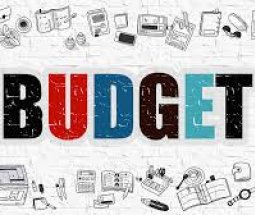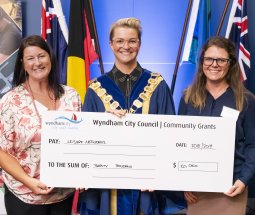Understanding Grant Guidelines
Understanding Grant Terminology and Criteria
This section is designed to give you some clues about common terminology used in grant guidelines and some suggestions on how you might respond to some key questions:
Eligibility / Who Can Apply – Usually very clear cut. If you’re not eligible, do not proceed without a partner or auspice that is eligible. Some common inclusions in eligibility statements are 'incorporated body', 'not for profit', 'rural' or 'regional', or a 'Deductible Gift Recipient' (DGR) in the case of philanthropic funds/grants
Philanthropic Funds – Are derived via donations or bequests to a charitable fund and distributed to specific projects/organisations usually with DGR status i.e. those that can receive donations and offer tax deductions. Sporting clubs don’t usually have DGR but could partner with a group that does e.g. church
Funding Objectives – This defines what the grant is for and your project needs to line up with and contribute to this objective
Target Group – This refers to the group the funding is trying to support e.g. people with a disability, older adults. Your project must engage or support the nominated group if specified
Project Reach – This refers to how many people, how far and wide your project will impact. Your project does not have to be widespread to have broad reach though e.g. you can increase the reach by sharing any resources developed or learning with other like agencies
Disadvantage – When grants give preference to areas of disadvantage, find out what that refers to. To evidence your area as disadvantaged you can use:
- SEIFA Index (Socio Economic Index for Areas) – you can access this from your Council
- Local Demographics – Australian Bureau of Statistics, local government particularly to determine prevalence of target group in the area
- Rurally Isolated - indicate distance to major centres and services
Sustainability – Refers to your project’s ability to demonstrate how it could continue after the funding is over. This can be achieved by e.g. charging a fee to use next time, being able to re-use materials, attracting other fund sources. Some things can be sustainable without money – e.g. resources developed, relationships, infrastructure, learning
Project Plan - Your project plan should include the steps you will take to implement your project including timelines, benchmarks, and who will undertake the tasks. This can be provided in a table form or Excel formats
Evaluation - This simply refers to how you are going to identify whether the project has been successful or not against the objectives set by the grant. It can use measures such as the number of participants, participant feedback, visual displays etc. Note it is never a bad idea to include your evaluation measures in your project plan
Partnerships - Real partnerships are more than just a sign off. In your grant application you should demonstrate the strength of your partnership by demonstrating joint planning, roles and responsibilities of each and how the partners will ensure communication e.g. meet monthly.

.png)


